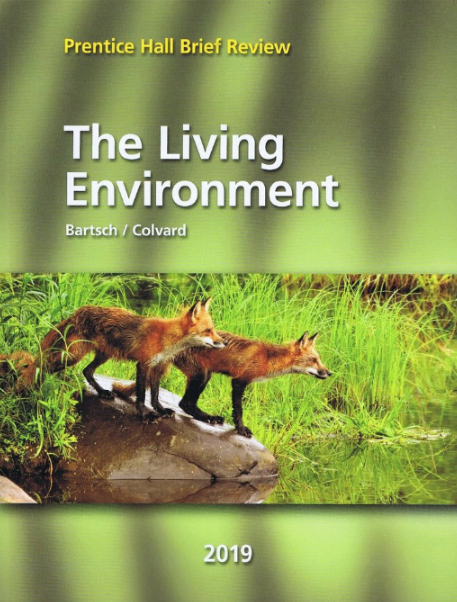
Prentice Hall Brief Review: The Living Environment 2019
ISBN: 9781418292164
Textbook solutions
All Solutions
Section 7.1: Need for Awareness and Understanding
Exercise 1
Step 1
1 of 2
The answer is 1. Renewable resources are something or anything that can be used again after being restored from harm or use. Examples of these are energy, wood, paper or solar energy.
Result
2 of 2
1
Exercise 2
Step 1
1 of 2
The answer is 3. Recycling is a method of decreasing waste materials. This is done by collecting waste or materials not used and is broken apart into smaller pieces to be able to manufacture another material using those old materials.
Result
2 of 2
3
Exercise 3
Step 1
1 of 2
The answer is 3. The decrease in food supply would greatly affect the population growth because if there is a lack of food resource, how can a certain population pursue life or how would they be able to survive without food.
Result
2 of 2
3
Exercise 4
Step 1
1 of 2
The answer is 3. The three other choices are all caused by the rapid increase of human population. By increasing the human population, a greater demand in food resources are also needed, levels of air pollution are also increased and soil erosion would also be increased due to various reasons such as infrastructures.
Result
2 of 2
3
Exercise 5
Step 1
1 of 2
The answer is Country B. As shown in the graph, country B showed an increase in food production and population size according to the appropriate manner. Country B showed a stabilized growth of a population.
Result
2 of 2
Country B
unlock

